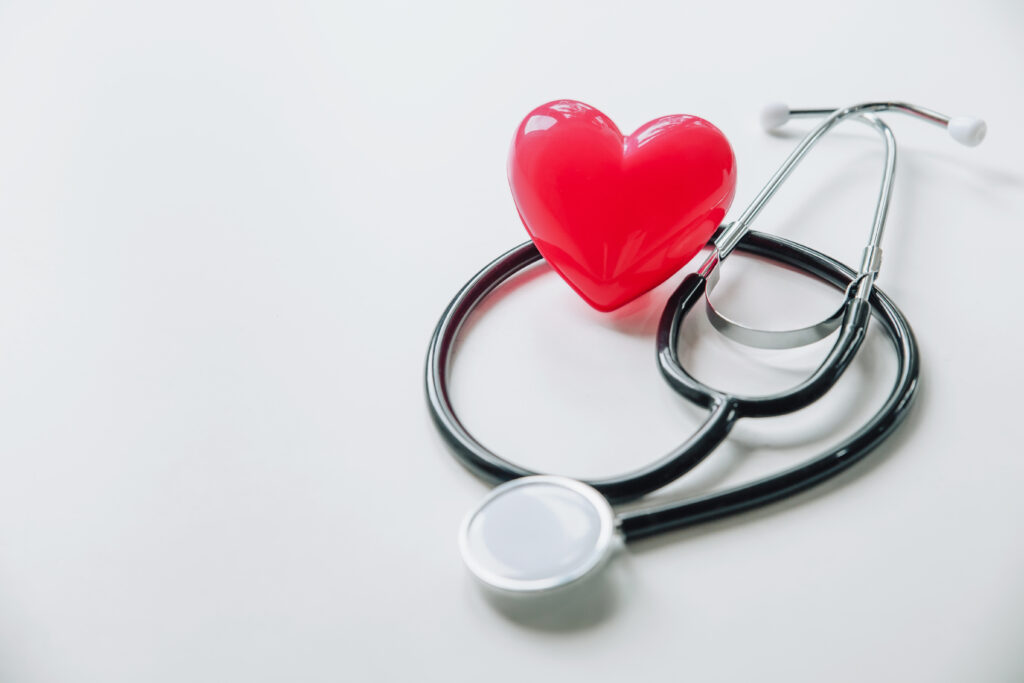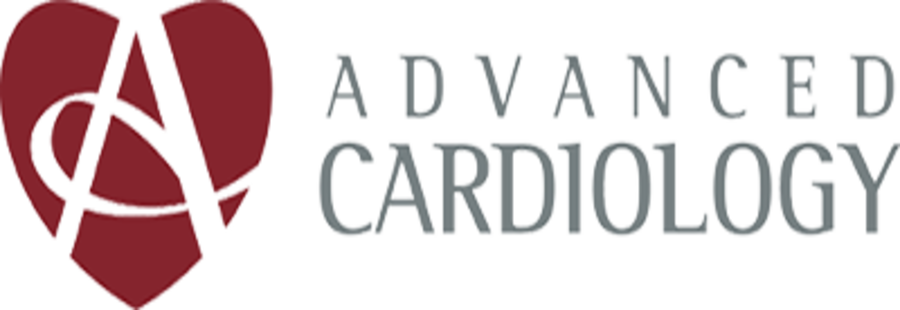Echocardiography is used to diagnose certain cardiovascular diseases. In fact, it is one of the most widely used diagnostic tests for heart disease. It can provide a wealth of helpful information, including the size and shape of the heart, its pumping strength, and the location and extent of any damage to its tissues. It is especially useful for assessing diseases of the heart valves and can detect abnormalities in the pattern of blood flow, such as the backward flow of blood through partly closed heart valves, known as regurgitation.
Echocardiography is used to diagnose certain cardiovascular diseases. In fact, it is one of the most widely used diagnostic tests for heart disease. It can provide a wealth of helpful information, including the size and shape of the heart, its pumping strength, and the location and extent of any damage to its tissues. It is especially useful for assessing diseases of the heart valves and can detect abnormalities in the pattern of blood flow, such as the backward flow of blood through partly closed heart valves, known as regurgitation.
What to expect?
An echocardiogram is an office or outpatient procedure. Electrodes are placed on the chest wall to monitor heart rate and rhythm. The lights in the room may be dimmed to help see the images on the computer monitor.
For a transthoracic echocardiogram, the patient’s chest will need to be exposed. The technician will press the transducer or probe firmly on the chest wall to get the heart images. The patient may be asked to roll on their left side take deep breaths to help the probe better “see” the heart.

What to expect?
An echocardiogram is an office or outpatient procedure. Electrodes are placed on the chest wall to monitor heart rate and rhythm. The lights in the room may be dimmed to help see the images on the computer monitor.
For a transthoracic echocardiogram, the patient’s chest will need to be exposed. The technician will press the transducer or probe firmly on the chest wall to get the heart images. The patient may be asked to roll on their left side take deep breaths to help the probe better “see” the heart.

© Advanced Cardiology. All right reserved.

